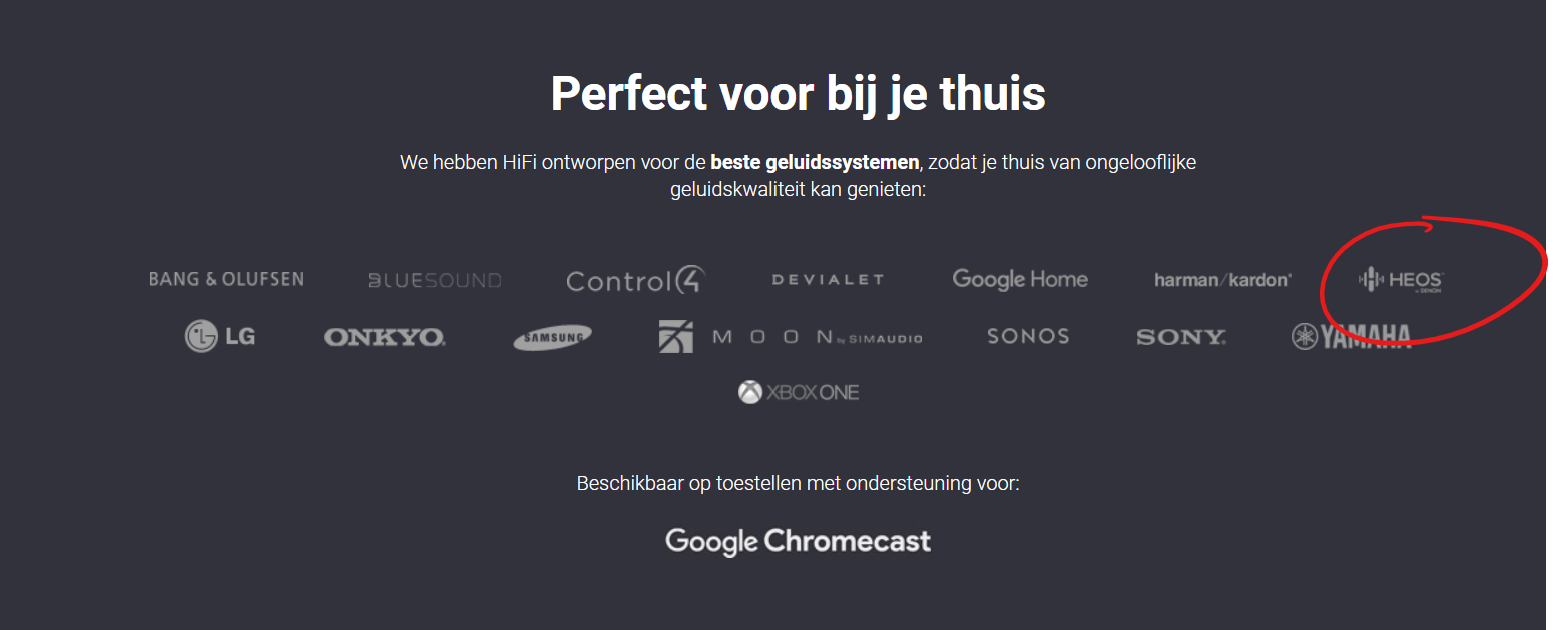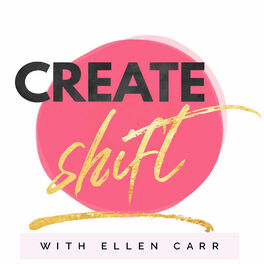Among the glut of lists on the internet toward the end of last year, Spotify’s Wrapped 2018 broke through, perhaps landing on more social media feeds than any other. Instagram-ready graphics detailing every user’s most streamed songs and artists became empirical proof of fandom, a dorm-room poster for the digital age. Artists got in on the action, too, sharing their own versions of the Wrapped graphic with data on total streams, number of listeners, and the countries where those listeners resided. The data collectively reinforced the power of Spotify’s brand: It’s global, it’s personalized, and it’s increasingly omnipresent.
Surfcaster’s Journal Night Shift Podcast exists to share our passion for surf fishing with our readers and listeners. Our mission is to bring you the most interesting voices in the sport, to share knowledge, and to unlock secrets of the craft.
- Stream unlimited music with Deezer to discover your perfect soundtrack. And, with Deezer Premium, stream your music on all your devices - phone, desktop, Xbox One and more With Deezer you can: - Get your music on all your Windows 10 devices. Access your music more easily - Stream Flow, your personal soundtrack - Get personalised music recommendations from our Editors - Download your.
- Sign up for Deezer for free and listen to Riot Shift: discography, top tracks and playlists.
Zoë Keating, a cellist based in Vermont, posted her Wrapped graphic to Tumblr in December. She generated 2 million streams from 241,000 fans in 65 countries who listened to her music for a combined 190,000 hours. Of course, the key number missing from this data deluge was the amount of money Keating made from so much worldwide engagement. She provided that figure, too: $12,231, or about half a penny per stream.
Related
Who Should Mark Zuckerberg Debate About the Future of Technology?
The Bird Box Effect: How Memes Drive Users to Netflix
The fact that Spotify and other streaming services offer paltry payouts to artists is widely known—Keating, in fact, has helped bring the issue to light by posting her streaming income for years. Part of the problem may be the way Spotify calculates royalties, which is based on the 2 million streams Keating received rather than the 241,000 people who listened to her music. “Whenever I try to explain to fans how streaming payouts actually work, fans have been shocked,” she says. “They think that if they are playing all Zoë Keating, that the portion of their subscription that is going to the artist is all going to me. But it’s not.”
Spotify and other prominent streaming services have divorced the listening habits of individual users from the allocation of the money that each pays for the service. Instead of divvying up a given listener’s $10 per month to the artists he or she streamed (excluding Spotify’s roughly 30 percent cut), the subscription money is put into a collective pool that is distributed by aggregate play counts across the platform. Think of it like having your paycheck fluctuate based not only on your own performance, but on the performance of everyone else in your industry as well. The better your colleagues and competitors do, the less money you make.
Critics of this approach say it hurts smaller artists who don’t attract gobs of casual fans or rack up passive listens through Spotify’s increasingly influential playlists. “It’s really contributing to income inequality in music,” says Keating, who categorizes her music as avant-garde classical. “In the recent past it might have been possible to make a middle-class living on your music. In the current streaming economy, the only way to survive is to be huge.”

In the pay-per-stream model, artists are motivated to accrue spins, rather than devoted fans, by any means necessary. A catchy three-minute earworm that begs to be played ad nauseam generates more revenue than a longer, less repeatable track, even if the same number of people listen to each song every month. Artists are responding to this financial incentive by releasing shorter songsmore frequently. But musicians like Keating, whose instrumentals can be as long as eight minutes, lose out by not making songs that adhere to norms of radio-friendly consumption.
“In the recent past it might have been possible to make a middle-class living on your music. In the current streaming economy, the only way to survive is to be huge.” —Zoë Keating
Critics say the current model also invites fraud. In 2014 the funk band Vulfpeck generated $20,000 in royalties through Sleepify, an album of silent tracks that it encouraged users to play on repeat overnight as they slept. Though Spotify expressed admiration for the project as a “clever stunt,” less scrupulous people have gamed the system as well. According to an investigation by Music Business Worldwide, a scammer in Bulgaria generated as much as $1 million in royalties in 2017 by setting up about 1,200 dummy premium accounts and having them stream playlists of fake artists for months. And while not explicitly fraud, a cottage industry has emerged of composers making generic, ambient background music under fake aliases. These songs end up on Spotify-branded playlists such as Ambient Chill and Peaceful Piano, where they can generate outsize revenue if they soundtrack coffee shops or boutique clothing stores for hours a day. Retropie neo geo roms not working.
At the most basic level of fairness, this model fails because it makes some fans more valuable than others, despite everyone paying the same price for a subscription. The average Spotify user streams about 25 hours of content per month. If you stream less than that, you’re generating less money for the artists you care about than the power users who listen to Spotify constantly. “What we’re saying is these folks that are streaming 24 hours a day are dramatically more valuable than I am even though we’re both paying just $10,” says Sharky Laguana, a San Francisco–based musician and entrepreneur whose Mediumposts about royalty payments have been shared widely.
The solution, according to a growing number of proponents, is to switch to a user-centric model. In this system, a subscriber’s monthly payment would be split among the artists whom that individual listened to. Light users would reward the few artists they regularly stream with greater royalties. Heavy users would have their subscription money split among a wide swath of acts. This would realign the streaming era more closely with the economics of the age of physical media, when niche acts that managed to build a small but loyal fan base could make a living. “More people are consuming music than ever,” Laguana says. “Something’s off when you can have the same audience size as you did 20 years ago but you’re making a fraction of the money.”

The impacts of such a transition would be tough to predict and would vary from artist to artist. A 2017 study in Finland found that under the current pay-per-stream model, the top 0.4 percent of tracks in that country accrued about 10 percent of royalty revenue. Under a pay-per-user model, those same tracks would get only 5.6 percent of the revenue, with more royalty revenue being distributed (unevenly) among less popular tracks. However, in a discussion paper responding to the Finnish study, Spotify director of economics Will Page argued that the complexity of switching to a user-centric model—tying millions of user accounts to millions of artist accounts on a rolling basis—would raise Spotify’s administrative costs significantly, with those extra costs possibly wiping out the revenue gains for less popular artists. Laguana was skeptical of this logic, noting that Spotify’s own personalized year-in-review graphics had already done the heavy lifting of calculating each user’s listening habits. (Spotify did not respond to a request for comment.)
It’s unclear whether a flow of money toward less popular tracks would most substantially benefit up-and-coming artists or someone like Drake, who has a consistently popular back catalog. But the shift would make intuitive sense to fans and eliminate some incentives for bad actors. And even small fluctuations in royalty rates, percentage-wise, can have a huge impact when you’re a small act and every dollar counts. “It’s not as simple as big artists vs. indie artists,” Laguana says. “Within every tier, there are folks that are winning that probably shouldn’t be winning.”
“More people are consuming music than ever. Something’s off when you can have the same audience size as you did 20 years ago but you’re making a fraction of the money.” —Sharky Laguana
The debate over royalty payment models has been humming along in the music industry for years, but 2019 may be when the shift to user-centric payments finally starts to happen. Deezer, a Spotify competitor based in France with 7 million paying subscribers, plans to implement the user-centric model later this year. “A user-centric model has a number of benefits for artists. It creates closer links between artists and their audiences, because it lets fans support artists more directly through streaming. It also helps fight fraudulent behaviors on streaming platforms and it increases transparency for artists and rights holders,” Alexander Holland, Deezer’s chief content and product officer, said in an email. “Our goal is to introduce a new payment system where the revenues generated by each user are correctly assigned to the artists that the user is listening to.”
Spotify has mostly been quiet about the issue, though CEO Daniel Ek tweeted in 2017 that the argument in favor of the user-centric approach “isn’t [supported] by data.” As the leader in the streaming space, the company has little incentive to embark on a complicated overhaul of the way that it allocates royalties. Even the fraudsters, in a perverse way, benefit Spotify by paying for subscriptions and boosting the company’s all-important monthly active-user metric, which is tied to its fate on Wall Street. “They’re selling subscriptions,” Keating says, “not music.”
The only way the user-centric model is likely to gain widespread support is if musicians make a lot of noise about it. But while past campaigns about restructuring streaming payouts have been backed by the likes of Taylor Swift and Smokey Robinson, a change to royalties that benefits smaller artists most will have to be a grassroots effort, with independent acts like Keating leading the charge. “My music genre is never going to be Top 40. That doesn’t mean it’s not a success,” she says. “It’s niche. And I really feel like the niche is important culturally. It’s important to make it so that artists in the middle have a viable living.”

Shift Dizer Price 2019
Deezer has changed the course of its creative, signalling a shift in tone and maturity for the business, but it's not quite done yet - the challenger brand also wants to build a super personalised service to bring its vision of “streaming 2.0” to life.
Streaming is the music industry’s fastest-growing revenue source and while Spotify may be leading the market in terms of subscribers the speed at which the industry is growing means listeners are still ripe for the taking.
Muscling in on the market is Deezer, which started life in 2007 when 23-year-old French developer Daniel Marhely wanted to make it simpler for his friends to access their favourite songs. With 10 million users against Spotify’s 100 million, the challenger’s marketing has so far been used to lift brand awareness, but its latest creative marks a change of course and hints at its vision for a hyper-personalised future.
‘Flow My Music’, the first global campaign for the platform, seeks to cut through the noise and promote Deezer’s Flow feature which created customised curations based on users’ current tastes.
The campaign, created in partnership with PD3, comprises posters and videos and was inspired by real Flow users. The hero spot depicts a young woman on her commute using the service, saying it 'knows what I want to listen to even when I don't'.
The spots are soundtracked by Rag'n'Bone Man and Maggie Rogers - two emerging acts that are part of Deezer's Next initiative which has been designed to support fresh talent by bolstering their exposure and reach within the platform's walls.

Xyzprinting 3d scanner pro. The knife-edge rivalry in the streaming market is forcing players to innovate, and Deezer is no different. The firm's chief commercial officer Golan Shaked describes Flow as a “one click, lean back experience,” before adding future development plans include sophisticated geo-targeting and cross-application linking to tracks.
In a world where brands are increasingly turning to hyper-personalisation it is becoming an expectation from consumers rather than a nice to have. A recent study from McKinsey found that companies who put around the 'freemuim versus preimium' debate which is pertinent in the industry.
'At the moment we recognise that, given that streaming is still in its infancy, there is a place for a freemium offering,' he said, adding this is especially relevant for the company's millennial audience who are 'less willing to pay for a music service.'
Last year, when Deezer launched the in the USA, the company limited the free trial experience to customers willing to provide credit card details because it was a more mature market; something Shaked said can 'be seen as a first step towards limiting the free experience.
'As more people move from physical to digital formats and as payments for entertainment services become more acceptable, we anticipate that the balance will shift,' he added, saying that as Deezer's premium userbase continues to grow the revenues will follow.
Swift Dzire Car Price
The brand's ambition to create an ultra personalised user experience that will cut through the noise will be central to this growth if it wants to compete with the big boys of steaming, and it's renewed approach to marketing could be just the boost the company needs to help it evolve from a challenger to a giant.

This article is about:
Like what you see? We can email it to you
Shift Deezer Download
Choose from a series of great email briefings, whether that’s daily news, weekly recaps or deep dives into media or creative.
